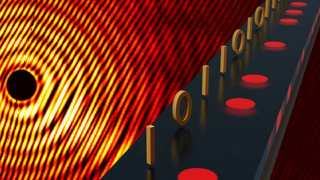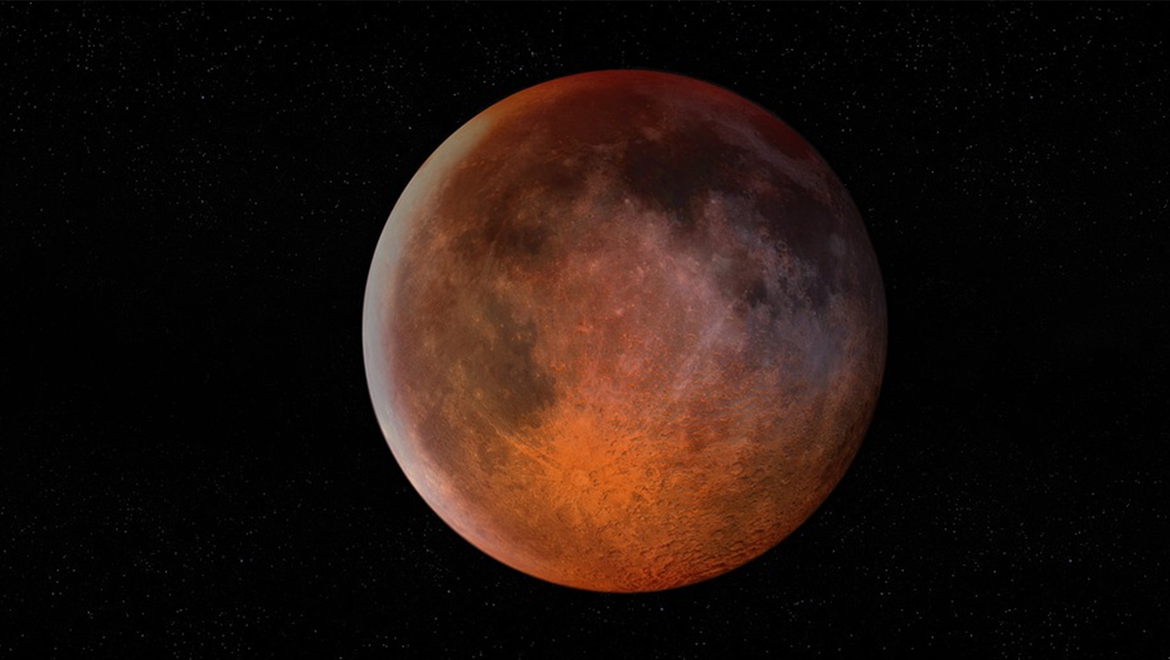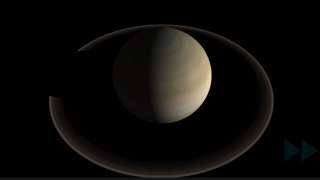The ‘super blood wolf’ lunar eclipse was a globally popular event for several reasons. One, it occurred during the moon’s perigee or closest point in its orbit to Earth. This made it particularly bright and clear on the night in question (January 21, 2019). This also meant that the red color typically associated with full lunar eclipses was in strong effect for many people (and their recordings). Two, the event also happened during the first full moon of the year, which has been held in some significance for cultures such as those of Native American tribes.
All of these factors gave the decade’s last full eclipse its triple-barrelled name.
The moon was also visible from most locations on Earth, the Antipodes and Micronesia being some of the few exceptions.
However, this cosmic show got even more interesting after the event. It emerged that some of the cameras set up to record the eclipse in either real-time or time-lapse also captured a mysterious flash in one specific point of the satellite, as it gradually turned red prior to its temporary disappearance.
Eclipsing the Eclipse of the Decade
This sudden spark of light was clearly visible on videos that had subsequently been posted online. They shortly led to excited speculation that the vloggers (video bloggers) in question had managed to witness a lunar impact along with the expected eclipse.
These impacts typically result from cosmic bodies such as asteroids striking the moon. However, these objects were more likely to be meteoroids, who bear this term as they find themselves flying through space either very near to Earth or in its orbit.
Meteoroid strikes on the moon may be an even more regular occurrence than we know (and would explain the profusion of craters with which the satellite is widely associated). Most of them have gone unobserved due to our historical lack of technology that can spot them. It is only in the last number of decades that we have been able to send equipment such as lunar probes to study and survey the moon in more detail.
However, the characteristic conditions of the 'super blood wolf' moon made it easier to picture this apparent impact directly from the Earth. On the other hand, without a formal study and evaluation by astronomers, it cannot be said for sure that the citizen scientists discovered a ‘lunar eclipse meteoroid.’
A YouTube video showing the flash of light at one point during the eclipse. (Source: MIDAS/YouTube)
Fortunately, the authenticity of this event during the eclipse has been confirmed by scientists who were following the eclipse from their observatories around the world.
For example, the astrophotographer, Fritz Pichardo, recorded his planned image series on the lunar eclipse from his location in the Dominican Republic. However, it was only after the story had emerged online that he went through his photos and realized that some of them had indeed also captured the impact.
Pichardo pooled his work with that of others working on observatories in South America and elsewhere in order to conclusively prove that a meteoroid indeed caused the (already well-publicized) flash.
These scientists included Colombia’s Mauricio Gaviria-Posada, working at the country’s largest telescope (which is part of the La Loma observatory), and Jonathan Ospina at the astronomical installation in Medellín. Their findings were also backed up by Professor Jorge Zuluaga and his team at the Dominican Republic’s University of Antioquia.

Medellín Planetarium, Colombia. (Source: SajoR/Public Domain)
The growing consortium of scientists also counted publicly-available footage captured by timeanddate.com’s mobile observatory, which had been placed in Ouarzazate, Morocco, in order to follow the 'super blood wolf' moon.
Their findings were also independently verified by José Madiedo, who was working on the Moon Impact Detection and Analysis System (MIDAS) at the University of Huelva in Spain at the time of the eclipse.
Measuring the ‘Super Blood Wolf’ Meteoroid
The group used a technique called gravitational ray tracing, developed by Professor Zuluaga and Mario Sucerquia at Antioquia, to elucidate the probable speed and angle at which the object hit our moon during the eclipse.
Based on this, the scientists have concluded that this meteoroid may have come from a group of similar bodies called the Atens. It may have hit the satellite at about 13.8 kilometers per second. Further work on the images led the group to estimate its size and mass. They estimated that the object hit the moon with the energy of 0.3 to 0.5 tons of TNT exploding at the point of impact. This is most likely to translate to an impactor weighing between 7 and 40 kilograms, and measuring between 5 and 10 meters across. The meteoroid may also have had a depth of between 10 and 27 centimeters prior to its collision with the moon.
The actual flash of light seen by so many people across the world was also quantified and found to be equivalent to 4×106 joules of energy.
These findings have been published in the journal, Icarus, and can also be found on the pre-print resource, arXiv.
This report may prove that the impact that so many were thrilled to see and make recordings of wad a genuine lunar event. Even though it has transpired that the actual meteoroid in question was relatively small in stature, it went out with enough of a bang to be noticed by millions worldwide and to be counted in one of the most spectacular events since humans started to look up at the moon in wonder.
Top Image: There was even more to see than advertised during the ‘super blood wolf’ moon of last month. (Source: PIRO4D/Pixabay)







No comment